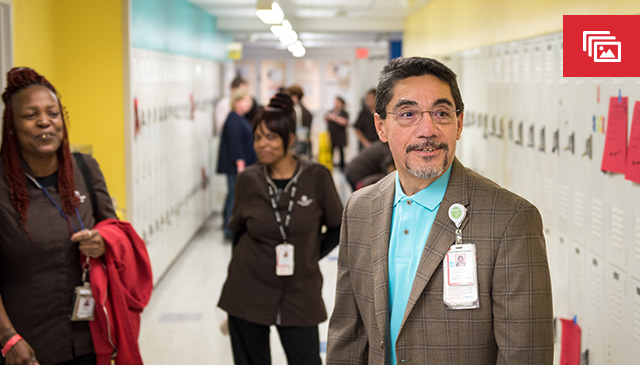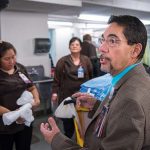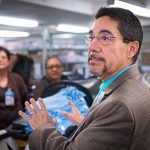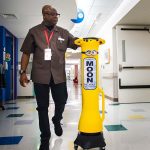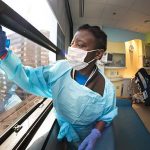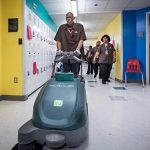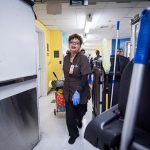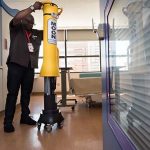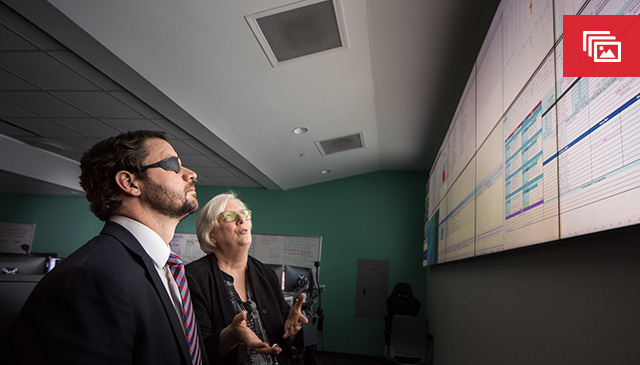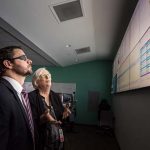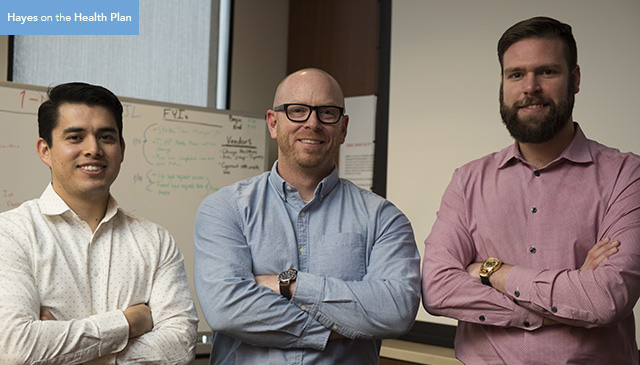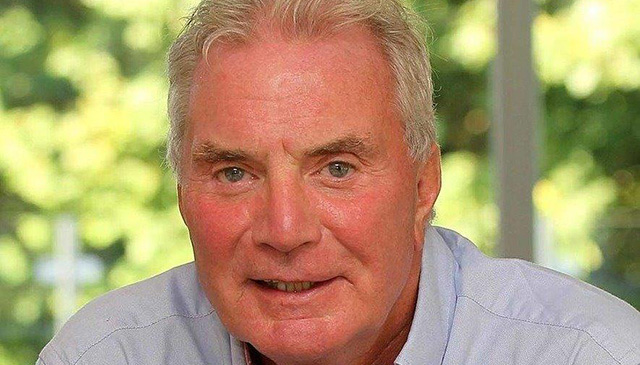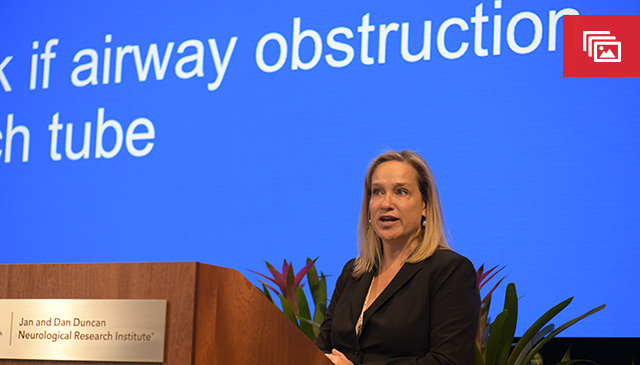
For many Texas Children’s employees, gone are the days of the morning commute.
Our efforts to fight COVID-19 through the practice of social distancing has required more than 1,000 staffers – and counting – to work from home. But what does it take to make this work?
Teresa Tonthat, assistant vice president for Information Services, says there are multiple factors to consider. Her department has spent the past few weeks ensuring that employees who are asked to work remotely can do so in a seamless way.
This includes assessing the current technologies, equipment requirements, and available network capacity to effectively support these employees; all while continuing to serve our patients and caregivers.
The good news is that we now have a well-defined plan in place.
Be prepared for bumps in the road, this is GLOBAL.
However, digital technology is never 100 percent available – even on the best days.
“As millions of people and organizations shift to remote working, our internet networks will be tested. We are experiencing a mass human behavior change across the globe,” Tonthat said. “The internet’s infrastructure will be strained and will be felt in the networks inside employee’s homes, and the internet services (i.e., Comcast, AT&T, and Verizon) that these networks rely on.”
Many remote workers will share the same internet connections throughout the day with household members. Household members could be using data-intensive applications and that surge in internet access could strain home networks.
Overall, as entities around the globe are moving to remote work environments to promote social distancing, local commercial and residential internet and telecommunication infrastructures (i.e., WebEx, Zoom, Teams, Video, etc.) are seeing increased traffic load. While our cloud telecommunication vendors are doing their best to increase capacity to mitigate availability issues, our local internet service providers may also experience issues with the high demand…
Just last week, virtual cloud platform vendors such as WebEx and Teams reported infrastructure capacity issues. Many organizations across the nation felt the disruption to virtual online meetings. And this is just the beginning.
How to stay as productive as possible
- Call your internet service provider to make sure you have enough bandwidth to support your work responsibilities.
- Consider all the people in your home who will need internet. Under normal conditions, a basic plan may do the trick. However, it’s important to keep in mind additional users such as other adults who may be working from home or children who may now be enrolled in online schooling.
- Communicate with your manager if you are having trouble. You can’t work remotely if your internet isn’t working. Let your manager know if you are experiencing trouble so that arrangements can be made for you to come into the office and work in an way that adheres to social distancing guidelines.
- Limit calls to the HelpDesk. Texas Children’s IS Help Desk can support system related connectivity issues, but cannot support issues related to your home internet provider.
For additional questions, please contact your manager or supervisor for support and guidance.


